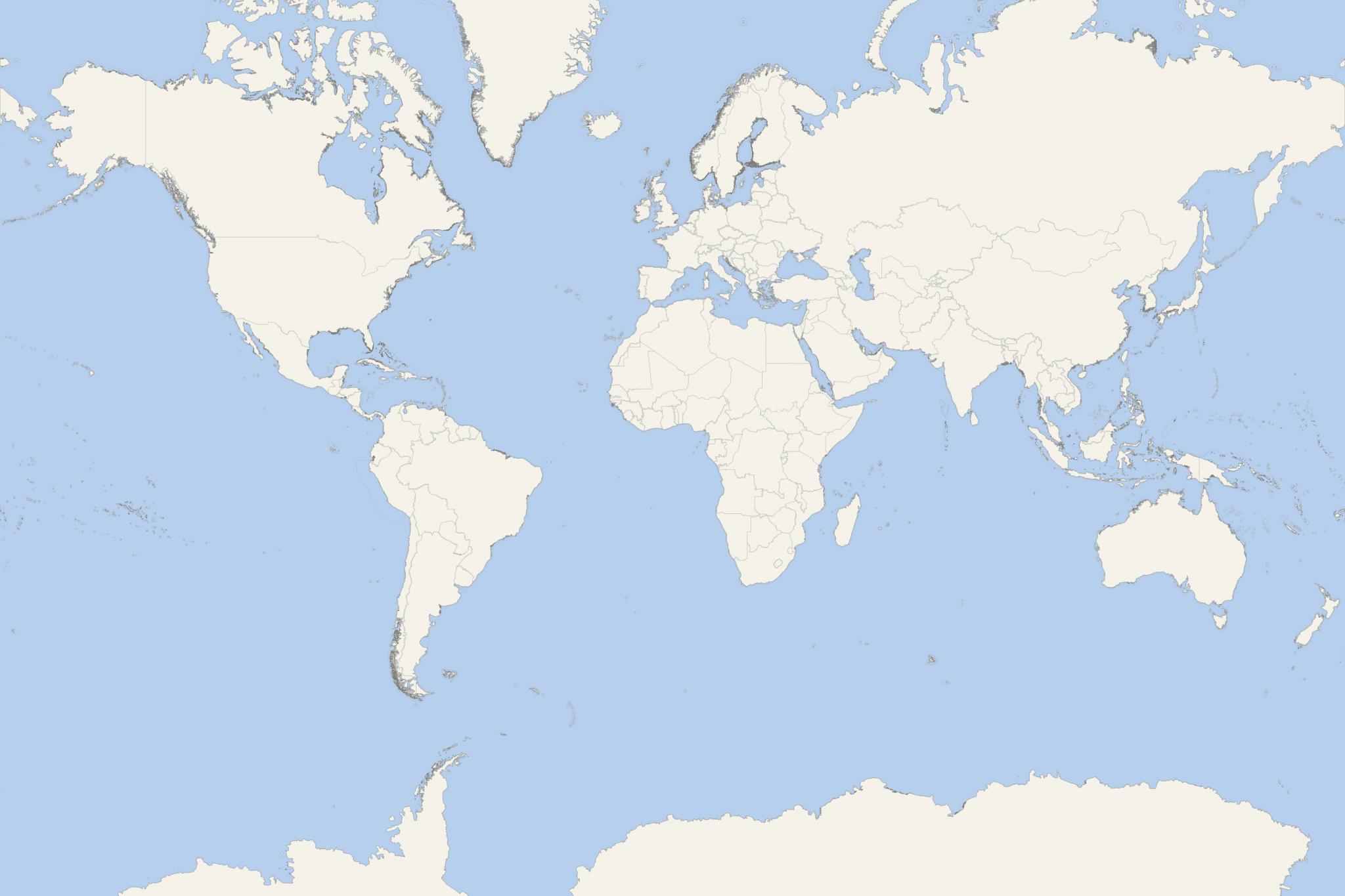Nordaustlandet Island (Svalbard Norway)
Cruise Port schedule, live map, terminals, news
Region
Arctic - Antarctica
Local Time
2024-11-23 20:47
 9°F
9°F -12.6°C

 Light breeze
Light breeze2.1 m/s
 16 °F / -8 °C
16 °F / -8 °C 2 °F / -16 °C
Port Nordaustlandet Island cruise ship schedule shows timetable calendars of all arrival and departure dates by month. The port's schedule lists all ships (in links) with cruises going to or leaving from Nordaustlandet Island, Svalbard Norway. To see the full itineraries (ports of call dates and arrival / departure times) and their lowest rates – just follow the corresponding ship-link.
| Day | Ship | Arrival | Departure |
|---|---|---|---|
| 7 September, 2026 Monday |
Nordaustlandet Island is one of the three largest islands in Norway's Svalbard Archipelago - together with Spitsbergen (largest) and Edgeoya. The group is located north of Arctic Circle, about midway between mainland Norway and North Pole (Earth's northernmost point).
The island is northeast of Spitsbergen, being separated by Hinlopen Strait. Its total area is 14443 km2 (5576 mi2), ranking it the world's 58th largest. Its highest elevation point is Norddomen (700 m / 2300 ft). Much of the island is covered by large ice caps. The rest of its northern part is tundra inhabited by walruses and reindeer. The island is uninhabited and entirely included in Nordaust-Svalbard Nature Reserve.
Svalbard is among Norway's most popular cruise travel destinations - together with Norwegian Fjords (along Norway's coastline). In Svalbard tourism is an important and heavily supported industry, popularized) by "University Centre in Svalbard" and "Svalbard Global Seed Vault".
Svalbard islands were first used as whaling bases (in the 17th-18th centuries), then were abandoned. At the beginning of the 20th century started coal mining operations and several permanent settlements were established. In 1925, Svalbard was officially incorporated into the Kingdom of Norway. Today, Norway's Store Norske and Russia's Arktikugol are the only mining companies there.
The list of Svalbard settlements (all located on the Spitsbergen island) include Longyearbyen (main and largest), Barentsburg (Russian mining community), Ny-Ålesund (research station) and Sveagruva (aka Svea, Norwegian mining community). Moellerhaven is a port/landing point on the island.
Instead of roads, the only transportation between the settlements is via aircraft, boats and snowmobiles. Svalbard Airport (at Longyearbyen) serves as main gateway. Svalbard is the world's northernmost settlement with a permanent civilian population. There are other settlements farther north, but they are all populated by rotating groups of researchers.
Hinlopen Strait
Hinlopen Strait (officially Hinlopenstretet) is located between Spitsbergen Island and Nordaustlandet Island. The strait has length 150 km (93 mi) and width 10-60 km (6-37 mi). As a waterway, it is not easily passible due to pack ice in the region.
The strait is named after Thijmen Jacobsz Hinlopen (1572–1637), one of the leaders of Noordsche Compagnie (Dutch merchant and whaling company). Its northern part (between the peninsulas Mosselhalvoya and Storsteinhalvoya) is called Nordporten. Its southern part (Sorporten) widens up between Bastian Islands and the Brasvellbreen Glacier.
Hinlopen Strait was known to European whalers since the 17th century. It was extensively used for hunting purposes. Many scientific Arctic expeditions have passed through the strait in the 19th and early 20th centuries. Among those was the Russian-Swedish "Arc-de-Meridian" expedition (1899-1904), which had one main station in Sorgfjord. In 1957, Sweden established its national station in Kinnvika (Murchisonfjord), but the base was abandoned in 1959.
Nordaustlandet Island cruise terminal
Cruise ships to Nordaustlandet Island dock (anchor) either at Torellneset or Vibebukta Bay.
Palanderbukta (bay fjord) has length of around 1,5 km (1 ml). It is located in Gustav Adolf Land, part of Wahlenbergfjorden. Southwest of Palanderbukta Bay is located the Scaniahalvoya Peninsula, famous with its two prominent ice caps (named Glitnefonna, and Vegafonna).
